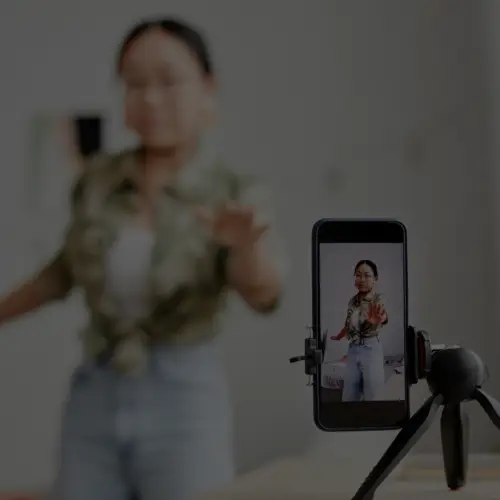24 Oct How your Brand can leverage the power of other brands on Social Media
As social media marketers and community managers, our main goal is to get our audiences talking and interacting with the brands we represent. We preach a lot about crafting a brand personality by “humanizing” a product or service to actually connect and reach that goal. Social media has indeed evolved as a primary means for more customer-brand interaction and Twitter reports that over half their users follow six or more brands. Good news for us, right?
But when it comes to reaching our main goal, are we not seeing the big picture? Maybe we should start treating other brands like people too. Just like we interact with friends on social media, we (brands) should interact with other brands.
Oreo vs. AMC Theatres
Recently the social media community exploded in praise of one particular brand-on-brand interaction – AMC Theatres (@AMCTheatres) vs. Oreo Cookie (@Oreo). The “Twitter War” began quietly with an innocent, perhaps sheepish, tweet from Oreo. The quick-witted AMC Theatres social media team picked up the tweet and saw an opportunity to have a little fun. If you haven’t yet seen it, here is the clever conversation in full:



The interaction is effective under the most basic principles of social media: it is fun, simple and engaging (AMC’s first tweet garnered 1,900 retweets). Following this success story, here are a few reasons why more brands should be engaging other brands.
The Prowess of Personality
With so many brands bombarding consumers on and offline, the humanizing of brands is becoming evermore important to community growth and company success. Simply put, a brand with a unique and strong personality is more likely to engage audiences. Still, many brands find it hard to deviate from typical business language and corporate identity.
Fortunately for AMC, their Interactive Marketing Director, Shane Adams, knows how to show off the brand’s personality and even add a bit of humor. Adams could have responded to Oreo’s tweet in a very different way (e.g. a corporate line stating outside food or drink is prohibited in theaters) or he could have not responded at all. However, AMC Theatres is about “delivering the most entertaining movie-going experience in the world!” and it’s important to reflect that image in their social networks. Oreo also has a lot of fun on social media with engaging campaigns. Its witty back-and-forth banter and cheeky photos reflect that entertaining and whimsical personality.
Adding Authenticity
Behind all this humanization and brand personality are, well, people, and with these people comes an authenticity unique to human relationships. Adams mentions in the blog post contained in the hyperlink above that “being given the latitude to react and respond is critical for a social media group within a brand. Trust matters.” That internal trust fosters confidence, allowing Adams to add that personality and brand voice.
Leveraging Other Communities
Brand-on-brand interaction is not necessarily a new practice; co-branding is a common and thriving practice in traditional marketing in order to expand market reach. Social media brings a new perspective and more casual approach to the practice. Plus, these interactions are best dealt with in real-time.
Take the Old Spice vs. Taco Bell example:

Both brands speak the same witty language and were able to reach out to each other’s fan-bases, not to mention the spontaneous tweets happened within two hours of each other in real-time.
Key Takeaways
Besides the two examples detailed above, brand-on-brand interaction has been a relatively elusive concept. Yet we’ve seen that when done right, the content can go viral and bring in new audiences. The moral here is that while we spend so much energy identifying a brand’s voice and personality, our social media teams can effectively use that voice in a new way by simply engaging like-minded brands.
I personally hope to see many more brands pulling stunts like this in the future. What are some of your favorite brand-on-brand interactions?







